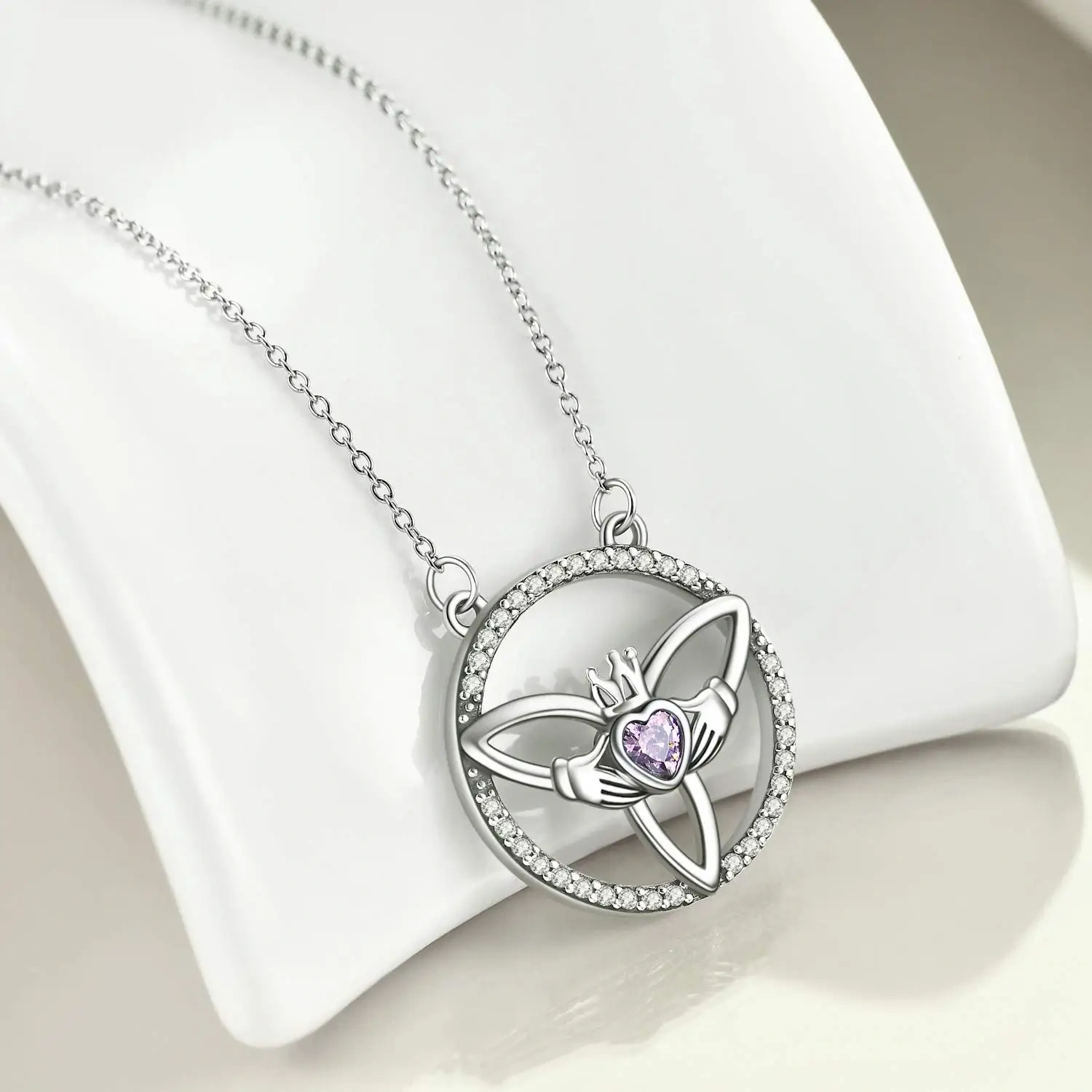What Boutique Owners Want To Know About Jewelry Materials| A Comprehensive Guide Leave a comment
In the jewelry industry, understanding jewelry materials is not only an essential skill for boutique owners but also a key factor in enhancing customer satisfaction and store reputation. This article will provide you with a comprehensive guide to help you gain insights into various jewelry materials, thereby boosting your boutique business.
Basic Classification of Jewelry Materials
Jewelry materials are generally divided into precious metals, gemstones, synthetic stones, and pearls. Each type of material has its unique characteristics and market positioning.
Precious Metals
Precious metals such as gold, silver, and platinum are the preferred materials for crafting high-end jewelry.
Gold: Known for its timeless value and varied purity. Common gold purities include 24K, 18K, and 14K, each suitable for different designs and consumer preferences.
Silver: Typically available as pure silver or 925 silver. Silver is soft and reasonably priced, making it an excellent choice for mid-range jewelry.
Platinum: Renowned for its rarity and durability, suitable for high-end jewelry, especially engagement rings and wedding bands.
Gemstones
Gemstones come in a wide variety, from classic diamonds to vibrant emeralds, each possessing its own charm.
Diamonds: Celebrated for their exceptional hardness and brilliance. When purchasing, attention should be paid to the 4C standard: Cut, Clarity, Color, and Carat Weight.
Colored Gemstones: Such as rubies, sapphires, and emeralds are popular for their rich colors and individuality. It’s important to consider gemstone treatments and authenticity when choosing.
Synthetic Stones
With advancements in technology, synthetic stones like cubic zirconia have become increasingly favored by consumers for their cost-effectiveness. These stones mimic the appearance of natural gemstones but are more budget-friendly.
Pearls
Pearls are categorized into natural and cultured, with their luster and shape being critical indicators of quality.
Detailed Explanation of Precious Metals
Understanding the characteristics of precious metals helps boutique owners provide more targeted advice to customers.
Gold Colors and Plating: Gold is not only available in traditional yellow but also in white and rose gold. The difference in colors is primarily due to the mixture of other metal elements. Plating adds a layer of protection and offers a variety of color choices for gold jewelry.
Silver Oxidation Treatment: To prevent the oxidation of silver jewelry, many pieces undergo surface treatments, such as rhodium plating.
Extensive Product Range
ODM Jewelry is renowned for its rich and diverse product range. Whether you prefer classic styles or personalized designs, ODM meets your every aesthetic need. We offer countless options, from earrings and necklaces to bracelets and rings, each showcasing exceptional craftsmanship and unique design philosophy. Notably, our Silver Zircon Silver-Plated Claddagh Celtic Necklace stands out for its distinctive style and profound cultural connotation, making it an ideal choice to showcase taste and personality.

Additionally, for customers who appreciate unique accessories, we also offer a variety of exquisite wholesale nose rings, such as those available for wholesale purchase. These diverse product options ensure that every customer can find jewelry at ODM that reflects their individuality and story.
Guide to Gemstone Identification and Purchase
When customers purchase gemstones, boutique owners should provide professional advice on identification and selection:
4C Standard: This is the international standard for assessing diamond quality, assisting consumers in making informed choices.
Gemstone Treatments: Common treatments include heat and dyeing, which should be explained to customers to ensure transactional transparency.
Certification Bodies: Organizations such as GIA and IGI provide expert gemstone grading, offering reliable assurance to customers.
Synthetic Stones and Innovative Materials
The development of synthetic stones has diversified the jewelry market, introducing new environmentally friendly materials.
Advantages of Synthetic Stones: They are economically advantageous and closely resemble natural stones, appealing significantly to the mass market.
Innovative Materials: Using recycled and eco-friendly materials in jewelry caters to the demand of environmentally conscious consumers.
Jewelry Design and Craftsmanship
The design and craftsmanship of jewelry directly impact its market value.
Handmade vs. Machine Production: Handmade jewelry is often more expensive due to its uniqueness and complexity, whereas machine-made items are more affordable due to mass production.
Trends in Design: Minimalist styles and personalized customization are helping store owners stay ahead of trends.
Jewelry Maintenance and Cleaning
Many customers MPO Slot inquire about jewelry maintenance; here are some basic suggestions:
Cleaning Methods for Different Materials: For example, use professional cleaning products or mild soap and water.
Daily Maintenance Tips: Regular checks, repairs, and avoiding contact with chemicals are recommended.
Market Trends and Consumer Preferences
Market Trends: Currently, personalized and eco-friendly jewelry are in demand.
Consumer Change: The younger generation is increasingly concerned with the cultural and spiritual value of jewelry.
How to Promote Jewelry in Your Boutique
Display and Presentation Tips: Utilize lighting and background to enhance the color and cut of jewelry.
Marketing Strategies: Expand brand influence through social media and e-commerce platforms.
Conclusion
Knowledge of jewelry materials profoundly impacts boutique development, helping store owners offer superior service and enhance customer trust. Continuous learning and grasping the latest material and market trends are crucial for success. By providing a rich product range, your store is more likely to meet the diverse needs of customers, achieving success in a competitive market.

